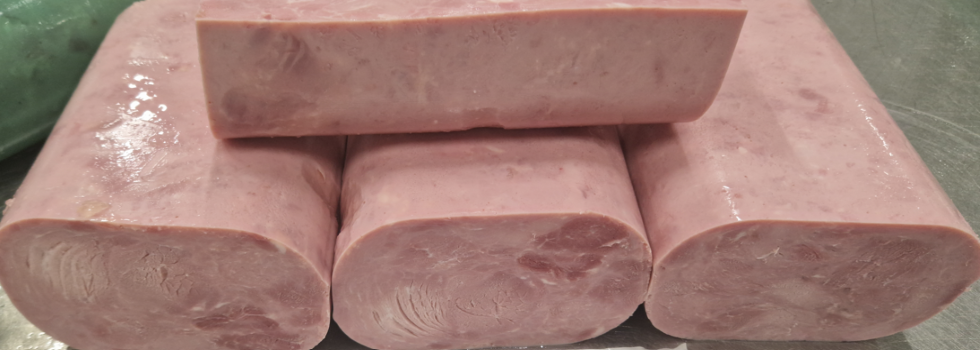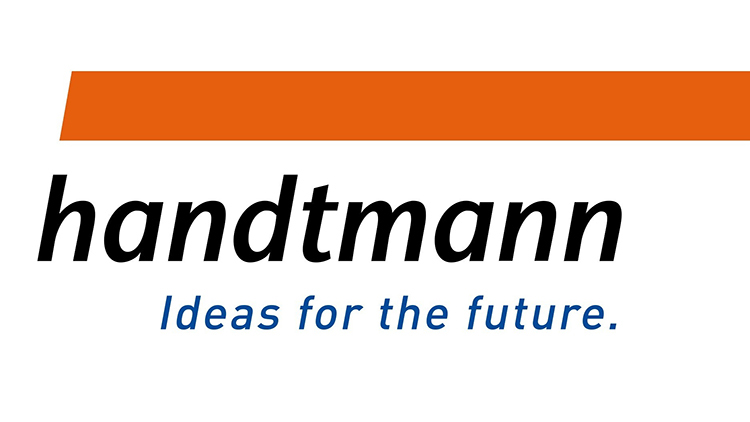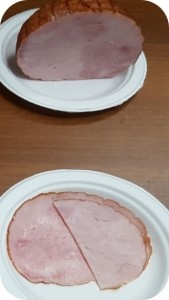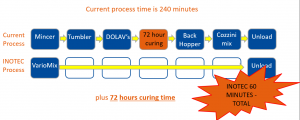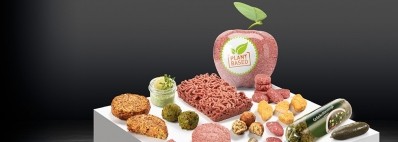Promotional Features
How a revolutionary take on tumbling could transform meat processing efficiency
With sliced meat manufacturers seeking multiple ways to streamline their operations, discover how a new approach to tumbling could shake up the market and create big savings on costs and labour.
Improved automation has frequently been in the meat industry spotlight in recent years, with the holy grail being improved yields, reduced labour costs and lower food waste. Meat processors throughout Europe are identified as having made the greatest progress on this front, according to a report by McKinsey. “Meat processing is heavily dependent on labour with workers accounting for 10-15% of company costs,” notes the report, which goes on to assess how a shift towards more automated production techniques will shape the beef and pork processing industries. The most technologically advanced regions in Europe are expected to reach about 25% level three (full) automation” by this year, up from just 10% in 2019, finds McKinsey, which also notes that overcoming the complexity and achieving level three automation “creates a strong competitive position for the most capable processors”.
In short, increased investment in automation is clearly the way forward if a meat processor is to remain efficient, competitive and streamlined. However, this doesn’t always mean completely rewriting the script and investing in the latest robotics and state-of-the-art technology. Innovation can simply mean looking at processes from a different angle, using equipment that is already in existence and examining how technology is used in other markets.
The art of tumbling
Tenderness, flavour and sensory optimisation are all characteristics achieved by meat processors through tumbling marination treatment. Scholarly research, such as that reported in the Asian-Australian Journal of Animal Sciences back in 2015, has investigated the different effects of this process on meats – in this case pork chops – with vacuum continuous tumbling marination identified as decreasing cooking loss, shear force value, hardness and chewiness of meats compared to other treatments.
However, there is little doubt that current meat tumbling and marination processes are time-consuming. And, in a tough competitive market – which requires processors to maximise efficiency and save costs – any reduction in lengthy processes that devour electricity and labour are welcomed.
For Handtmann, which introduced its Inotec Variomix machine to the UK market in 2021, with an initial focus on the meat-free sector, a discovery of how the equipment is already being used in Europe for sliced meats processing has led to what the UK subsidiary believes can revolutionise the tumbling and marination process in this market. The company maintains the Variomix can chop hours off both labour and energy output on sliced meats, creating a much speedier and efficient process and saving its clients considerable outlay. The batch times it offers will be three to four times faster than common kneading machines, mixers, massagers or tumblers, it says.
The traditional tumbling process can take anything from two to 10 hours for ham joints, notes Richard Lees, Inotec UK sales and product manager at Handtmann. “In the UK, most of the process takes around three or four hours on average. In the middle of that process, a manufacturer may take the meat out and place it in the chiller for a curing time of anything between 72 and 96 hours – to allow the brine to absorb and react with the proteins. Then, they may tumble it again for another hour or two.
“With the Inotec Variomix, the four hours’ initial tumbling can be done in just 40-60 minutes. And, depending on the product, the three days of curing can also be eliminated. So, in a best-case scenario, we’re taking that process down from around 80 hours to just 90 minutes. It’s potentially revolutionary in the UK market.”
On just the tumbling alone, energy usage costs can be hugely reduced by around 50% or more, while other advantages include considerable labour-saving. For example, instead of the product being loaded into tumblers, then emptied into dolavs for the chilled curing process, then reloaded into the tumblers, use of the Variomix removes three or four processes to gain the same (if not better) product results, with less waste and better yield.
From theory to practice
Lees reveals that Handtmann has been conducting on-site trials with a major processor in the UK with samples of different products. “We could reduce the time to 35 minutes for the cheaper hams and to an hour or 80 minutes for the higher quality. However, the fact that we can also lose that curing time means it offers unprecedented savings,” he says.
According to Lees, the key to this revolutionary process is the gentle handling of the Variomix, where the patented technology comprises two spirals that interweave. This means the meat is constantly under mobility in a type of ‘handwashing’ movement. “That is why it’s so quick,” he says. “In a traditional tumbler, there’s no real action on the meat until it gets agitated at the bottom of the tumbler movement. Equally, a paddle mixer can be a little too high shear and can damage the whole muscle pieces. In the Variomix, however, the spiral movement is fast-acting on the proteins in the ham; it’s always in contact, being gently massaged and rotated.”
Learning on the process has come from Handtmann’s German office, where the value of the cured meats market is around double that of the UK, according to statistics from GlobalData. One customer in Germany, whom Lees visited last year, had already bought a Variomix that handles 2,500-litre batches and has now ordered another system to be installed in the middle of this year. “Their older process was taking up to four hours, but with the Variomix, it’s taking 40 minutes from start to finish,” he says.
While the UK arm of the company had already been using the Variomix for meat-free applications, the tangible benefits for cooked meats are just being realised. “From a generic pizza ham product to a premium quality dry cure ham, the Variomix technology can give the same time and cost lowering benefits across the board,” says Lees.
For companies interested in the technology, Handtmann is able to conduct process analysis in a kitchen-based trial at its facilities in Leighton Buzzard.
To find out more about the Inotec Variomix, contact Handtmann here. To see the Variomix in action, click on the video below
